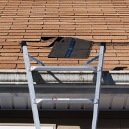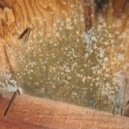Find a pre-screened local mold removal specialist Free Estimate
Find a Mold Specialist Now
Click or Call, Toll-Free 24/7
Mold Remediation Methods:
Which is Right for Your Home?
When a homeowner detects a mold problem and seeks the help of a qualified professional to remediate the issue, it can be confusing as to which removal method is best for their home.
Remediation efforts differ when it comes to the affected surface. Mold found on porous materials, such as dry wall, carpet and insulation, must be remediated through the complete removal of these materials. Porous materials cannot be salvaged and will have to be properly disposed of in order to ensure complete mold spore removal. However, non-porous and semi-porous materials, such as concrete and wood, can remain in the home and be cleaned.
There are a number of methods that contractors use to remove the mold from non-porous and semi-porous surfaces. Each method varies by price, timeliness and effectiveness.
The most popular methods for mold remediation on non-porous and semi-porous surfaces are hand scrubbing and biocides, media blasting and dry ice blasting. An explanation of the pros and cons of each can be found below:
Hand Scrubbing and Biocides
Conventional cleaning methods require contractors to manually sand, scrape or wire brush the mold from the contaminated surface. This is a slow and tedious process and it is virtually impossible to completely remove the mold from the tight angles and confined spaces where mold can grow.
Contractors typically address this issue by applying a biocide after cleaning, followed by an encapsulation. The biocide is meant to kill the remaining mold that the contractor was unable to remove through sanding or scrubbing. Unfortunately, using biocide lengthens the cleaning time and adds costs to the project. After applying the chemicals, the contractor then waits for it to dry, which typically takes an entire day. Next, the contractor applies an anti-microbial coating called an encapsulation to ensure mold growth does not reoccur.
Using a biocide is not completely effective, however. The allergic reactions experienced from mold are due to metabolites found in the mold spores, which then seep into the material the mold is growing on. Biocides kill the spores, but do not always fully remove the metabolites, leaving the cause for the allergen untouched. Therefore, dead mold is still allergenic. The only way to eliminate the metabolites is to completely clean, or remove, the moldy material.
In addition to not completely killing the spores, biocides are typically registered pesticides and are potentially harmful to those using them. The EPA (Environmental Protection Agency) and OSHA (Occupational Safety and Health Administration) do not recommend routine use of bleach or other biocides in such cleaning projects.
Manually scrubbing the contaminated surface and then applying biocide can be a lengthy process. Based on 1,500 square feet of space needing to be cleaned, one would estimate that the time to remediate with scrubbing would take approximately five to six days of cleaning.
Media Blasting
One of the most popular techniques for mold remediation is media blasting. This is primarily because the blasting systems provide a very thorough clean without the need for intense manual labor, such as scrubbing, scraping or wire brushing. There are a number of different media blasting methods being used by contractors, including water, sand and grit and baking soda.
- Water blasting is commonly used in air duct cleaning and is typically ineffective if the mold particles are adhered to the surface. It does not provide as thorough a removal of mold spores as other blasting methods, and there is a greater chance of mold regeneration due to the moisture component.
- Sand and grit blasting (steel, silicon, walnut, etc.) are considered aggressive cleaning methods and are used more frequently for rusted surfaces, graffiti removal, coatings, surface preparation or floor cleaning. While sand and grit blasting disturb the mold spores, these methods can be too aggressive and the mold is often broken up into smaller particles, which can pass through a HEPA (High-Efficiency Particulate Air) filtration system and contaminate other areas. The abrasive media can also damage the underlying surface that is being cleaned. Additionally, the media is a secondary waste that must be collected and disposed of when cleaning is complete.
- Soda blasting has been found to be a very effective and popular method of media blasting for mold remediation – particularly because it does not cause much damage to the surface being cleaned because it is softer than the other blasting media methods. However, it produces a significant amount of extra fine dust and leaves a great deal of secondary waste from the blast media that has to be recovered and removed. This adds additional time and cost to the project. Additionally, the waste can create downstream contamination that could affect surrounding installations and kill surrounding vegetation.
Dry Ice Blasting
Most homeowners have never heard of dry ice blasting, but it is an effective alternative to cleaning mold by hand and to other media blasting methods.
Dry ice blasting is similar to other media blasting methods, such as sand blasting or soda blasting, where media is accelerated in a pressurized air stream to impact a surface. Instead of using a hard, abrasive media to grind on a surface and potentially damage it, dry ice blasting uses soft, recycled CO2 pellets. The dry ice is accelerated at supersonic speeds and creates mini-explosions on the surface to lift the mold off the affected area. Also unlike other media blasting methods, dry ice blasting does not leave any secondary waste. It is safe, non-toxic and eliminates exposure to harmful chemicals.
Unlike other media blasting, dry ice blasting will not cause significant structural damage to the contaminated surface. For example, when blasting on wood, it will typically remove about 1/32 of the wood’s surface while being cleaned, as it is using kinetic energy and a scrubbing action to clean. This blasting application is enough to effectively remove the mold spores, but not enough to alter the structural integrity of the wood in the contaminated area.
Dry ice blasting has shown to completely remove mold spores from contaminated surfaces in less time and with less effort than other cleaning methods. Contractors can get in between beams, into roof sheathing and other tights areas, allowing for complete mold spore removal and eliminating the need for encapsulation and biocides.
HEPA vacuums are good to use after the clean-up is finalized in the remediation area. The areas will need to be completely dried before vacuuming. Since there is no secondary waste stream, the only thing left to do is vacuum the residual mold that was removed from the blasting.
For 1,500 square feet, the estimated cleaning time is three days (one day for setting up, one day for blasting and one day for cleanup).
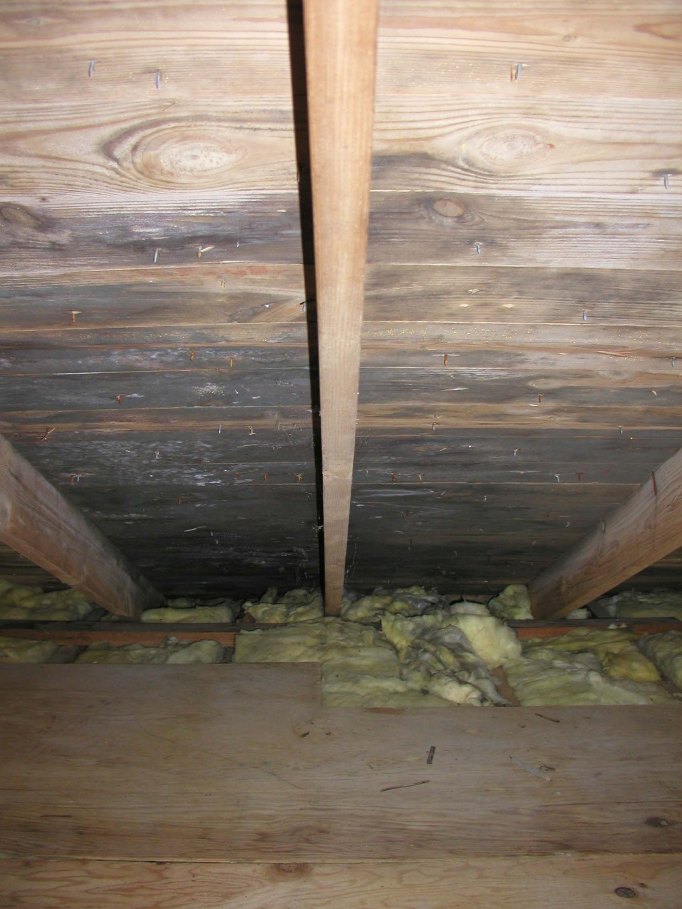 Attic with mold
Attic with mold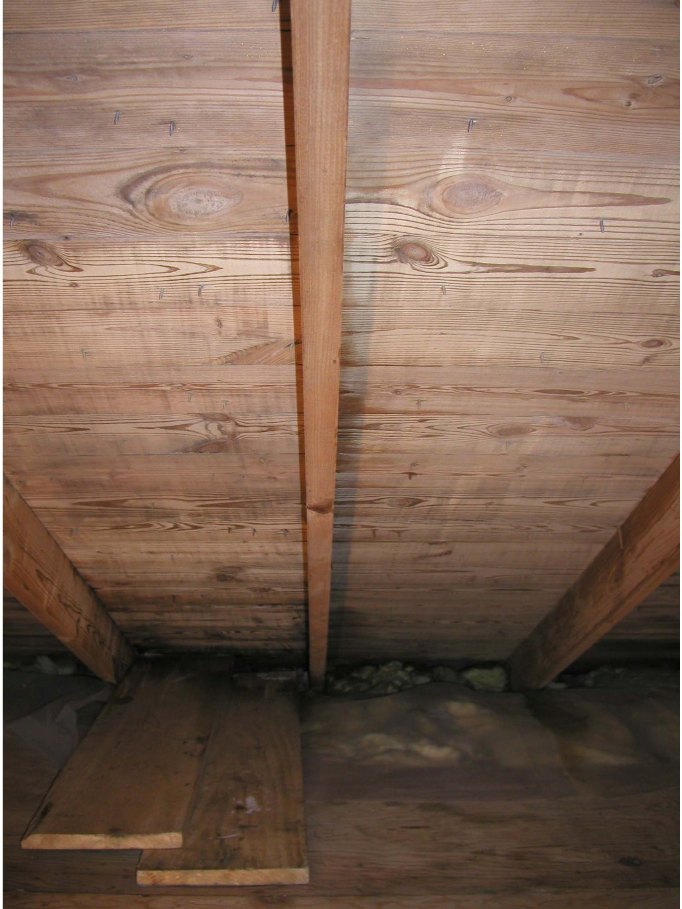 Attic after remediation
Attic after remediationSummary
While all the methods listed above are successful in remediating a mold issue, some methods are more effective, efficient and take less time.
Hand scrubbing with biocides is very effective at killing the mold spores and is less expensive per hour than other methods, but it is very labor intensive and takes much longer. This leads to added costs to the homeowner.
Media blasting is also fast and very effective, especially soda blasting. Soda blasting kills a large percentage of the mold spores and also does an effective job at covering up any odor. However, media blasting creates a large quantity of secondary waste that has to be removed and this extends the project time.
Dry ice blasting is often more effective at removing the mold from contaminated areas than scrubbing by hand. Dry ice blasting can be more expensive per hour than other methods, but it is faster than other methods and no extra time is required to remove secondary waste, which often leads to the overall project time being shorter.
To find a local mold removal contractor that will give you a free home inspection and estimate, just follow the link. If they find mold they will explain the best removal option for your specific situation.
Return From Mold Removal Methods To Our Main Remediation Page
About The Author:
David Watson is the Director of Business Development for Contract Cleaning for Cold Jet. David joined Cold Jet in 2008 and specializes in supporting the contracting market and identifying successful applications of dry ice blasting for contractors, including disaster remediation, historical restoration and power generation.
Free Home Inspection By A Mold Removal Specialist
Search This Website
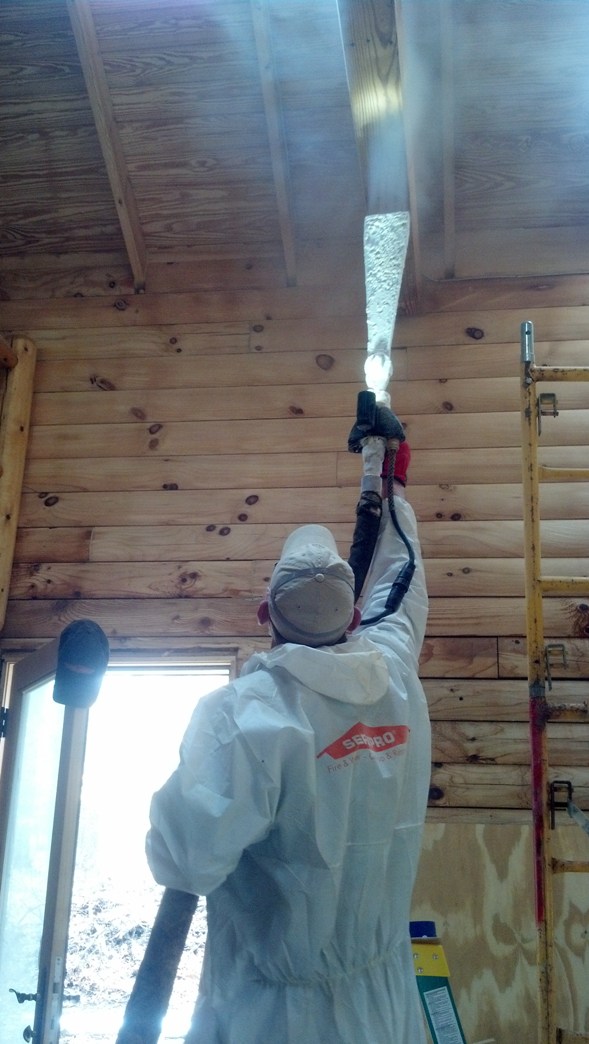 Dry Ice Blasting to Remove Mold
Dry Ice Blasting to Remove MoldRecent Articles
-
See Our 5 Recommended Mold Removal Companies in Covington, KY
Apr 16, 25 12:59 PM
-
See Our 5 Recommended Mold Removal Companies in Wheaton, IL
Jun 20, 24 10:33 AM
-
See Our 5 Recommended Mold Removal Companies in Aberdeen, SD
Oct 08, 21 04:05 PM
